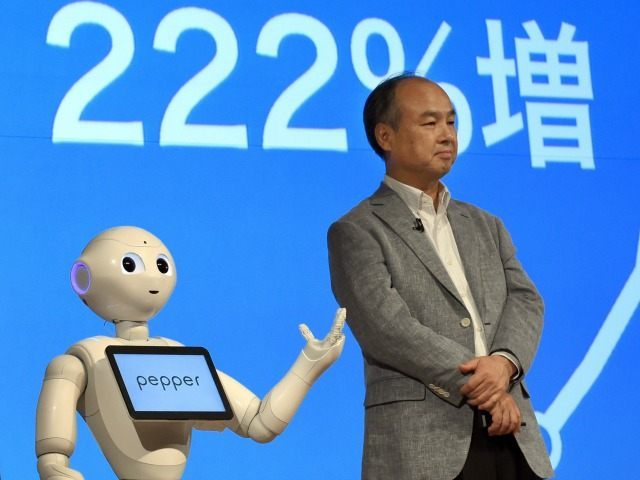Technology’s advance is bringing us closer to the uncomfortable point at which organic and mechanical life begins to merge.
That’s really what the growing ethical, legal, and practical conflicts in science boil down to.
The ethical conflicts will define what gets to be counted as human, as machines increasingly behave in ways that resemble organic life, while people upgrade themselves with a growing inventory of artificial modifications. (That doesn’t necessarily mean surgical implants. Look at people interacting with their smartphones, and ask if you’re looking at living organisms who have been significantly modified by close exposure to machines. The power, portability, and availability of computers and Internet access have indisputably begun changing the nature of human life, as surely as any surgical augmentation or biological evolution.)
The legal questions will include debates over whether a “living” computer system has legal rights, including the right to life, or the right to control its own labor. The practical questions will run along the lines of: Is it safe to have living machines running around? What if we lose control of them?
Of course, we have a century of speculative fiction suggesting that self-aware machines could be dangerous, particularly as their nature comes to resemble the behavior of self-serving organic life. Specifically, once machines can reproduce and evolve on their own, humans lose the ultimate veto power over the machines’ existence. Good luck shutting down the artificial intelligence that can propagate itself across the Internet, or the robot that can build endless copies of itself.
With that in mind, say hello to the Cambridge Mother Bot:
As with recent advances in artificial intelligence, accompanied by breathless reports that a computer finally “beat the Turing Test,” this is more like a simulation of how machine reproduction and evolution would work – but it’s a very convincing simulation.
Many of the machines around us are already built largely by other machines, with little human interaction. This robot takes that notion a step further, refining its own designs and learning from the strengths and weakness of each build, until the best possible design is achieved.
“The mother robot can actually build hundreds of child robots and see the performance of these child robots and, if their performance is good, keep their design for the next generation. And if bad, just let it go. And just repeating this iterative design improvement processes, the mother robot can actually gradually improve the performance of the child robot,” explained lead researcher Dr. Fumiya Iida, as quoted by Reuters.
Another engineer who worked on the project, Andre Rosendo, sought to dispel fears of uncontrolled machines running wild and reproducing themselves all over the place by assuring Reuters that humans were still the top-level managers of the process. “We program the robot based on some functions that define the reward that the robot is going to get depending on the construction that they make,” said Rosendo. “They cannot change their own reward. And as the robot evolves, trying to maximize the reward that we give them, they try to reach better behaves (behavior). In the case of children robot, it’s distance. So the longer the distance that the robot walks, the better the reward that it receives.”
The notion of controlling Mother Bot with “incentives” isn’t all that comforting. Every centralized plan conceived by humans to control other humans with incentives ends in disaster, with unforeseen consequences and fraud perpetrated by subjects who learn how to game the system. An advanced artificial intelligence will probably figure out the angles even faster than humans generally do.
The allure of living machines, and organic life enhanced by synthesis with technology, is obvious. The Cambridge team provided the example of robotic car-making factories that could evaluate and enhance their own designs, faster than human engineers do, producing dramatically better and safer cars in a compressed period of time. Every plan to provide machines with organic characteristics is an effort to harness the wild and unpredictable power of life to the structure of human will.
The potential benefits are fantastic, and easily predicted with logical arguments.
The dangers are theoretical, and assume unpredictable variables… which do have a way of cropping up in complex systems. With the speed of modern and futuristic machines, such variables can grow out of control before human monitors realize what’s happening.
If you want to make a huge mistake really fast, use a computer. If you want to observe a great deal of unpredictable behavior, spend some time watching living organisms flourish. Combine the two, and who knows what will happen? We’re going to find out, because there’s no way humanity can leave a question like that unanswered.

COMMENTS
Please let us know if you're having issues with commenting.